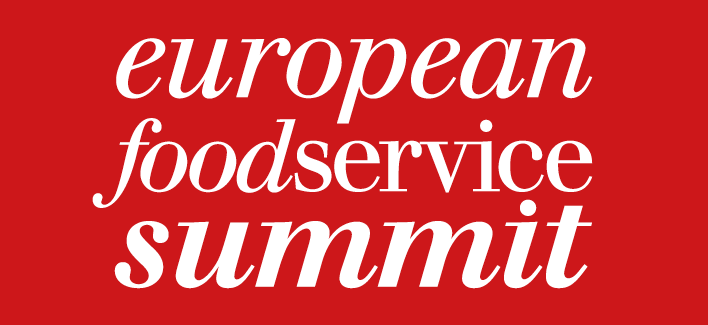The fridge is your prime competitor
“The out-of-home market has embraced the new reality,” says Circana’s top market researcher Jochen Pinsker, Industry Advisor for Foodservice Europe at Circana. Here’s an overview of his insights presented at the EFSS 2023.
By the end of 2023, the out-of-home market in the five major European markets, including the United Kingdom, Germany, France, Italy, and Spain, will have rebounded to pre-Covid levels with a total expenditure of 313 billion euros. When considering the monthly data, the industry’s recovery becomes even more apparent. Since February 2023, the numbers have consistently surpassed those from 2019. Market researcher Jochen Pinsker, Industry Advisor for Foodservice Europe at Circana (formerly known as npdgroup), confidently states: “The rollercoaster ride has come to an end.” However, he points out that “this resurgence is solely fueled by increased average expenditures, despite a 10% reduction in visits, equating to 110 million fewer visits per week in the five markets under scrutiny.” These average expenditures are calculated based on two critical factors: the average spending per guest and frequency of visits. According to Pinsker, inflation and the relatively well-received price hikes have resulted in higher average bills.
Home office: a catalyst with varied impacts
The most significant impact on current industry developments is the markedly increased prevalence of working from home. Nonetheless, there are noticeable disparities among countries. In the UK, remote work stands at 51 percent, while in Italy, it is a more modest 39 percent. “Working from home naturally translates into dining at home. The primary competitor for the restaurant industry is now our own home refrigerator,” Pinsker succinctly summarizes. He continues, “In addition, there are fewer business trips, and our business activities are increasingly conducted online. In general, our homes have evolved into the central hub of our lives.”
“Our industry should focus more on socialising. It’s about bringing people together and less about getting food in your stomach. And that even applies to workplace canteens.”
Shifting towards off-premise and “trading down”
Although guests in Circana’s survey profess their attentiveness to prices, this does not seem to be consistently reflected in their behavior. The business landscape has increasingly focused on off-premise consumption, which entails enjoying meals outside of the traditional restaurant setting. This shift has notably benefited the take-away-oriented quick-service segment, leading to the emergence of a “trading down” trend. In this context, patrons may also choose to forgo certain extras like desserts or additional beverages. “During times of steep price increases, guests have taken the reins of managing their own bills. This represents a ‘trading down’ effect rather than a complete disengagement. However, we are witnessing a shift in consumer preferences towards other sectors within the industry.”
Advantages of digitalization
The adoption of digital ordering methods has proven to be a boon for the industry. It has allowed service teams to operate more efficiently, resulting in increased guest satisfaction. Guests can place orders more conveniently and swiftly, leading to heightened contentment. Furthermore, Circana’s market researchers have discovered that guests are more inclined to revisit a restaurant if they have placed their orders digitally. Surveys indicate that guests desire greater inclusivity. This implies the availability of options such as gluten-free, vegetarian, or vegan items on the menu, even for those who may not follow such dietary preferences themselves.
Sustainability not a priority in restaurant selection
“Of course, people also value sustainability. Half of consumers believe that restaurants should adopt more sustainable practices. However, when choosing a restaurant, this aspect is a decisive factor for only 3 percent of those surveyed.” Sustainability, for most, is primarily associated with the use of local and seasonal ingredients, rather than just efficiency and environmental conservation. When selecting a dining establishment, quality of products and location remain paramount. Much of this decision-making process is driven by loyalty. According to Pinsker, the industry is recognized for its innovative spirit, and consumers are willing to invest in these innovations. Their desires extend to novel ingredients, flavors, recipes, and health and well-being enhancements.




